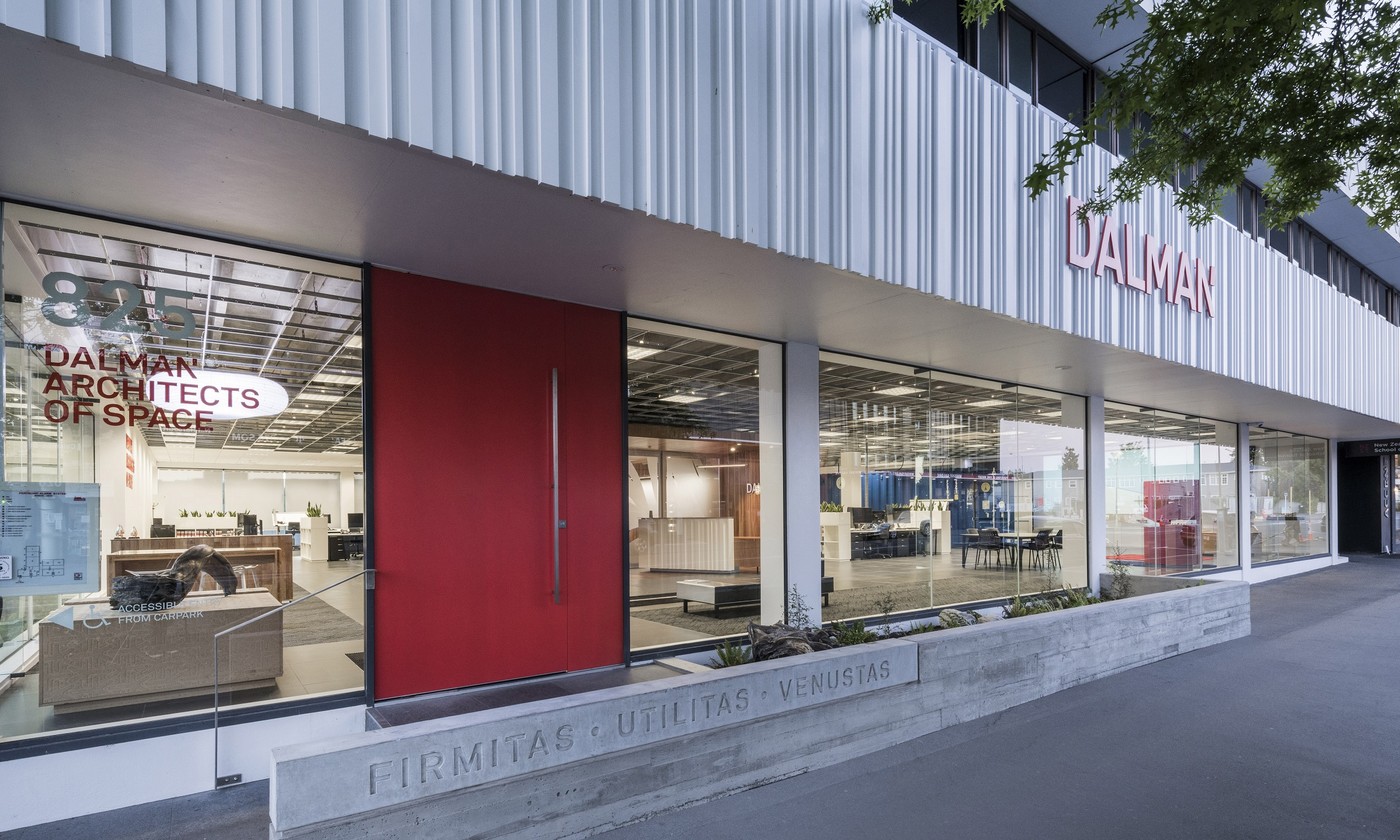For 28 years our focus has always been on enriching the way people live, work and play through architecture.
Avenues
Architectural Patterns
February 2022
While architecture is a three-dimensional discipline, architects are often called upon to create decorative patterns for two-dimensional surfaces such as building façades, roofs and interior surfaces. Where do the ideas for these patterns come from?
As with the overall architectural ideas for a building, architects consider a range of sources and inspirations such as the function of the building, the requirements of the client, the history of the site, and the local environment.
In developing a new façade for the Dalman Architects office on the corner of Colombo and Peterborough Streets, we looked to all of these.
We met with local landscape architect Di Lucas (she lives around the corner) who has a detailed knowledge of the natural history of the site. Many years ago this area of Christchurch was covered in Totara forest, and Di actually provided us with two 3000-year-old Totara stumps that had been dug out from under the nearby Christchurch Star building site to prove it!
One of our architectural tasks when we leased the space was to design a new fascia panel façade above the length of our glazed frontage, in order to announce ‘here we are’ and provide a backdrop to new signage.
I guess we could have left this as a plain white surface, but we liked the idea of ‘bringing to life’ the old Totara forest. So we imagined the forest, drew a horizontal band across the trunks at the height of where the fascia would be, abstracted a pure elevation of the tree trunks looking deep into the forest, and created our patten from this.
The above images indicate the process and final result. The fascia is constructed from painted cedar slats of differing thicknesses.
While the derivation of this fascia pattern is not obvious to most people, it does add some meaningful texture and pattern to our streetscape. If all of our built environment designs had some relationship to our natural and cultural history then our cities would become a more authentic reflection of who we are.

